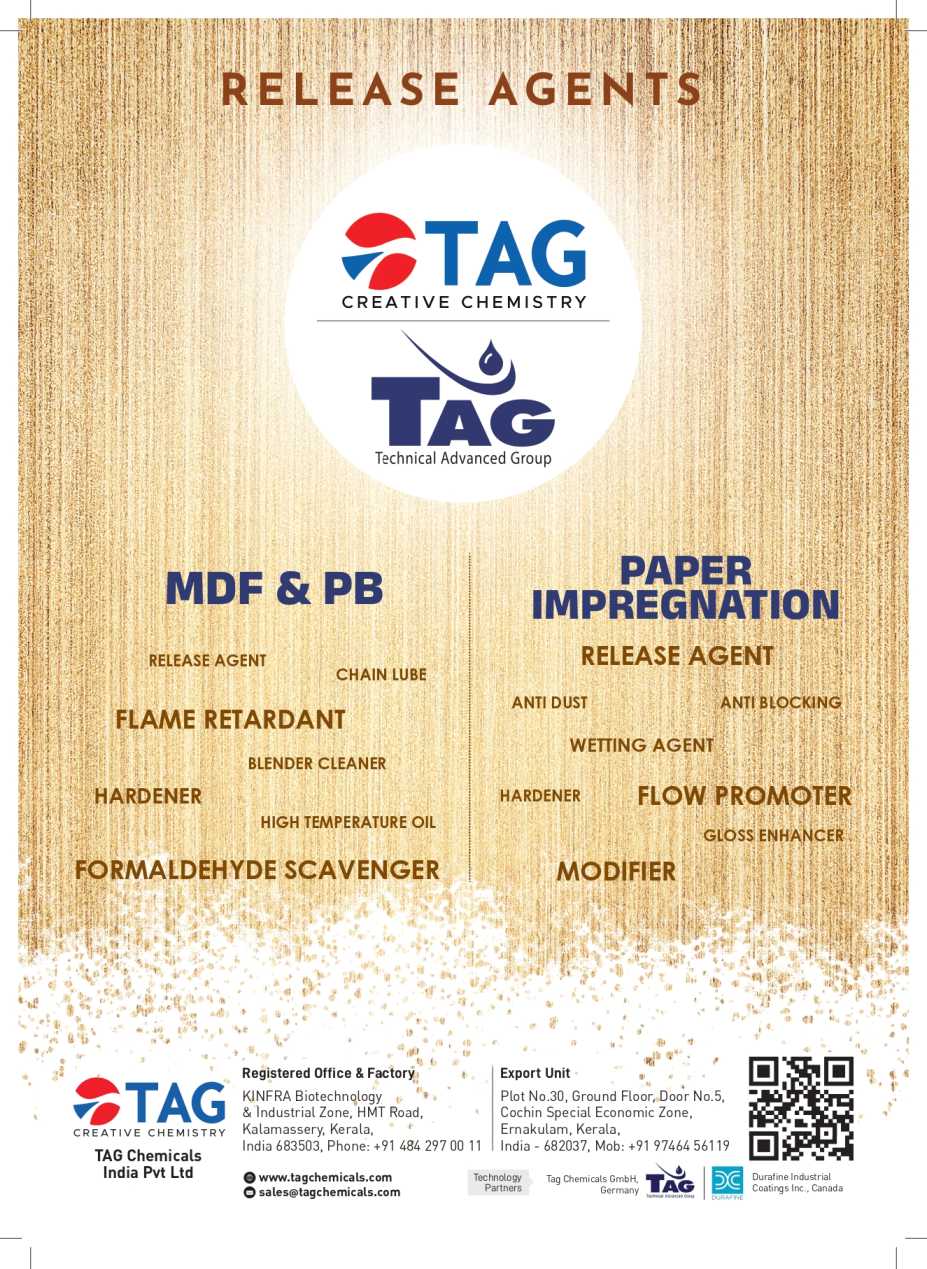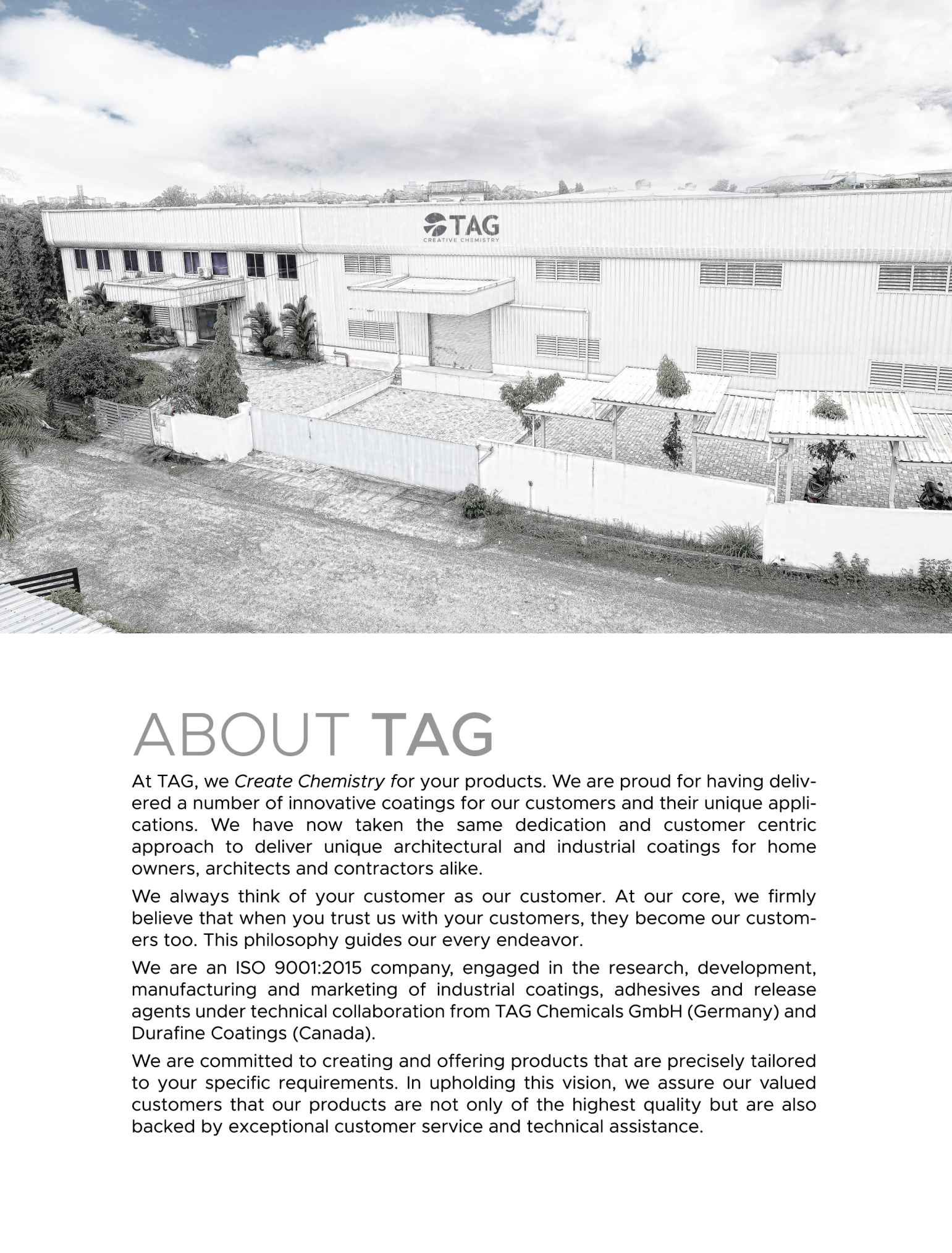Decorative veneers feature the common magnificence of timber. They are created by either cutting or stripping a lot bigger bit of timber log into dainty slices or veneers. The manner in which the veneer is cut will decide the presence of the grain.
Crown
Veneer cut from this piece of the log produce leaves with crown design with some straight grain either side. As the crown slice travels through the log towards the inside, the leaves become more extensive with the crown being smaller and all the more all-around characterized, with more extensive straight grain segments on either side. A crown cut demonstrates the genuine grain of the timber.
Other Decorative Veneer designs include:
- Birdseye – figure in facade showing various adjusted regions looking like little eyes.
- Quilted – rankled appearance sparkling scalloped shape.
Pommele – a scalloped figure, most normally found in mahogany.
Burls/Burr – irregular development delivering firmly stuffed buds and bunches creating a very decorative veneer that for the most part show up as rings and dabs.
Figured – the markings, frequently framing wavy sparkling examples, these might be standard or asymmetrical extending from fiddleback to square figure.
Jointing veneers
The veneer leaf – or flitches, as packs of cut veneer are known-is then cut to measure before being jointed into usable estimated sheets called layons. The facade can be joined by sewing, grafting or utilizing the paper tape. Sewing and grafting are the most well-known techniques and are by and large delivered via mechanized hardware.
Bonding veneers
Squeezing is the way toward restricting veneer layons to a substrate utilizing specific squeezing hardware, which for the most part applies heat and pressure. Reasonable substrates, for example, MDF, particleboard and compressed wood would by and large not be appearance-grade quality and accordingly don’t have an appealing grain or figure, making them ideal for use with the decorative veneer. Most makers will supply fortified veneer cut and sanded.
Beside decorative timber, timber veneers can likewise be combined to make LVL and plywood. Veneer for basic applications is commonly stripped.
Benefits of decorative veneer
The completed decorative veneer item will give the deception that it is one strong bit of wood, according to the types of face veneer. This is attractive for various reasons. Right off the bat, it gives a conservative method to utilize timber assets or those species that might be uncommon or progressively costly. Besides, it implies you can get the apparent advantage of specific species that may have generally been illogical to use for the application, i.e. utilizing a strong bit of timber might not have been conceivable according to certain hardwood species.
Decorative veneers may likewise demonstrate to be a more steady material than utilizing a strong wood proportionate. This implies Decorative veneers give a standout amongst the most affordable and maintainable utilization of timber.
A further advantage of utilizing Decorative veneers is the broad scope of hues and styles accessible – pretty much any types of wood can be transformed into a veneer. This gives unlimited chances to engineering applications.
Other veneered items incorporate laminated veneers edging, profile wrapping and laminated veneers edging, including marquetry.
Some decorative wood veneers are M.P.Veneers Pvt.Ltd., Suman Enterprises, Shubham Veneers, Dungarwal Veneers (Black Shield),































































